
When trying to choose between setting up a larger or smaller aquarium, there are some things you need to consider. First think about the fish you want to keep, how much maintenance you are willing to do, the space you have, and how much time and money you’re willing to put into the tank. In the end, one isn’t better than the other — it’s all a matter of your personal preference.
Fish — In smaller tanks, you can’t house a large number of fish, and you may find that many fish you want to keep won’t fit in your tank. There is less swimming space for the fish, and less space for aquascaping and decor. Bigger tanks, though, will provide more swimming space for fish, more possibilities for aquascaping and more choices in fish species that you can keep. You can house much larger fish or an impressive school of smaller fish in a large tank.
Maintenance — Because of the smaller volume of water in smaller tanks, it is harder to keep the water quality and temperature stable. This is important because changes in water or temperature can happen quicker in a smaller tank. But less water will need to be changed each week, so maintenance may be easier. Conversely, when maintaining larger tanks, the temperature and water stability increases, and it takes more time for water quality and temperature issues to harm the fish. Maintenance is important in both types of tanks, but things can go wrong much quicker in smaller tanks, and you will need to be more vigilant of your water quality.
Space — Smaller tanks can fit into smaller spaces, so they are good for apartments, dorm rooms or small houses. They are easier to move, and they weigh less. A large tank will take up more space and could cause more damage if it breaks. Because a larger tank weighs more, it may not be able to be on the second floor; there is more of a chance it will break if its weight does not span several floor joists. Larger tanks are also harder to move. To read about aquarium placement and moving large and small tanks, see Mike Wickham’s "Aquariums, Apartments and Moving” article in the January 2010 issue of Aquarium Fish International.
Cost — A nice benefit of a smaller tank is the smaller start-up cost. Long-term costs of a smaller tank are also cheaper — you will spend less on medication, dechlorinator, carbon, etc. to maintain it and less on electricity. A larger tank requires more electricity to run, the cost of the tank, pumps, heaters, decor, lighting, substrate, etc. is more expensive when initially setting it up, and regular maintenance is also more expensive. There is more water to change each week, and if the tank leaks or breaks, there is more water to do more damage. If it’s a planted tank, it will need more carbon dioxide, fertilizer, trace elements, stronger lighting and more plants to start out with.
Looking at the pros and cons of larger versus smaller tanks, take what is important to you, and then make your decisions. If money is no object and you’d like a very large tank, go for it. If you move a lot or don’t want to spend a lot of money, you can go with a smaller tank. It’s all about what you want, as long as it’s safe for the fish!
Want to read the full story? Pick up the January 2010 issue of Aquarium Fish International today.
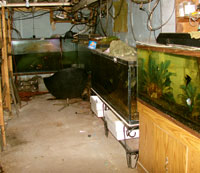 Custom Aquarium Setup
I wonder, is your setup like mine? The answer is proba
Custom Aquarium Setup
I wonder, is your setup like mine? The answer is proba
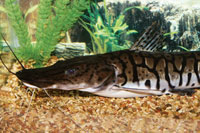 Shovelnose Catfish
Click image to enlargeShovelnose catfish.
Q. One of the w
Shovelnose Catfish
Click image to enlargeShovelnose catfish.
Q. One of the w
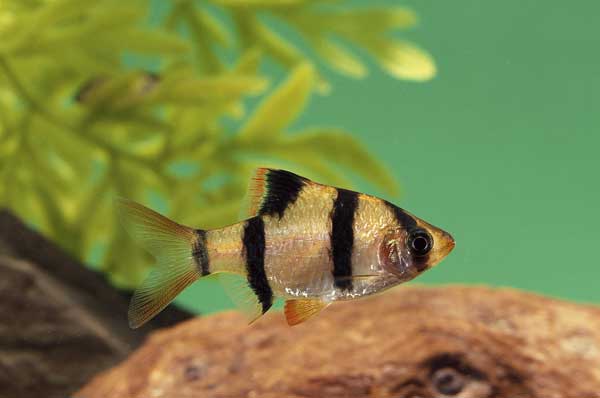 5 Great Freshwater Aquarium Fish
You have your aquarium all set up. The filter has been on fo
5 Great Freshwater Aquarium Fish
You have your aquarium all set up. The filter has been on fo
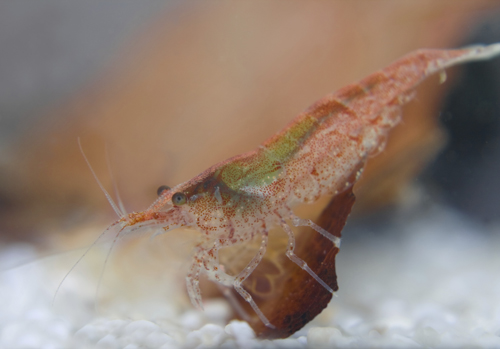 Setting Up a Freshwater Shrimp Tank
Shrimps are interesting aquatic animals that can be raised a
Setting Up a Freshwater Shrimp Tank
Shrimps are interesting aquatic animals that can be raised a
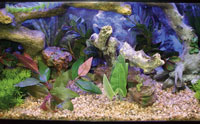 Fish Aquarium Setup Decorations
Few things are as captivating as a beautifully decorated aqu
Fish Aquarium Setup Decorations
Few things are as captivating as a beautifully decorated aqu
Copyright © 2005-2016 Pet Information All Rights Reserved
Contact us: www162date@outlook.com